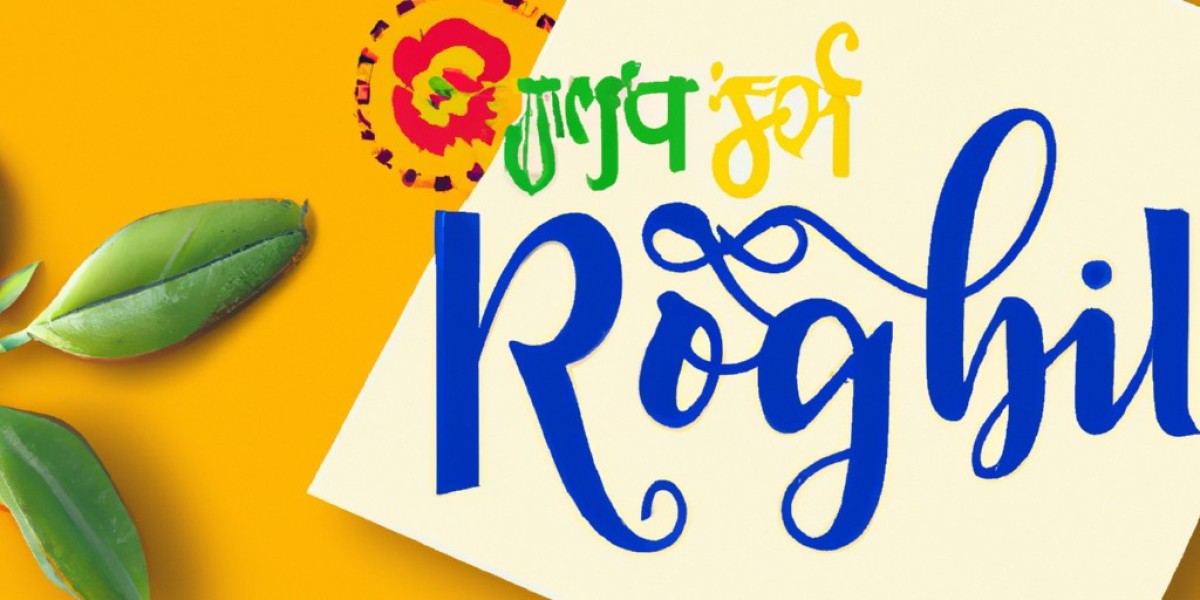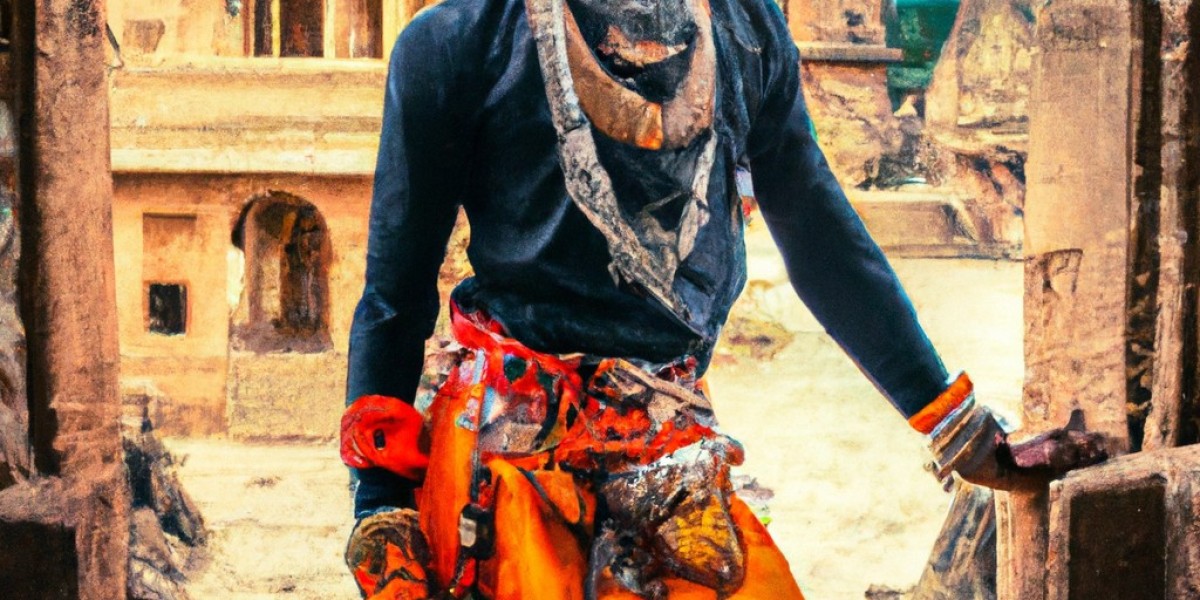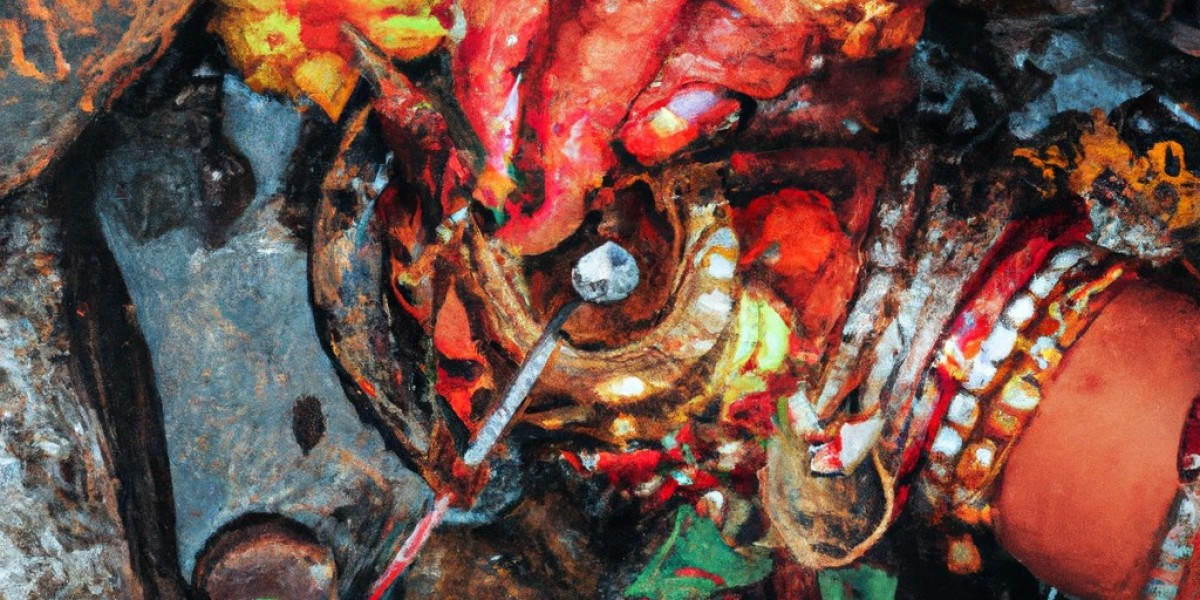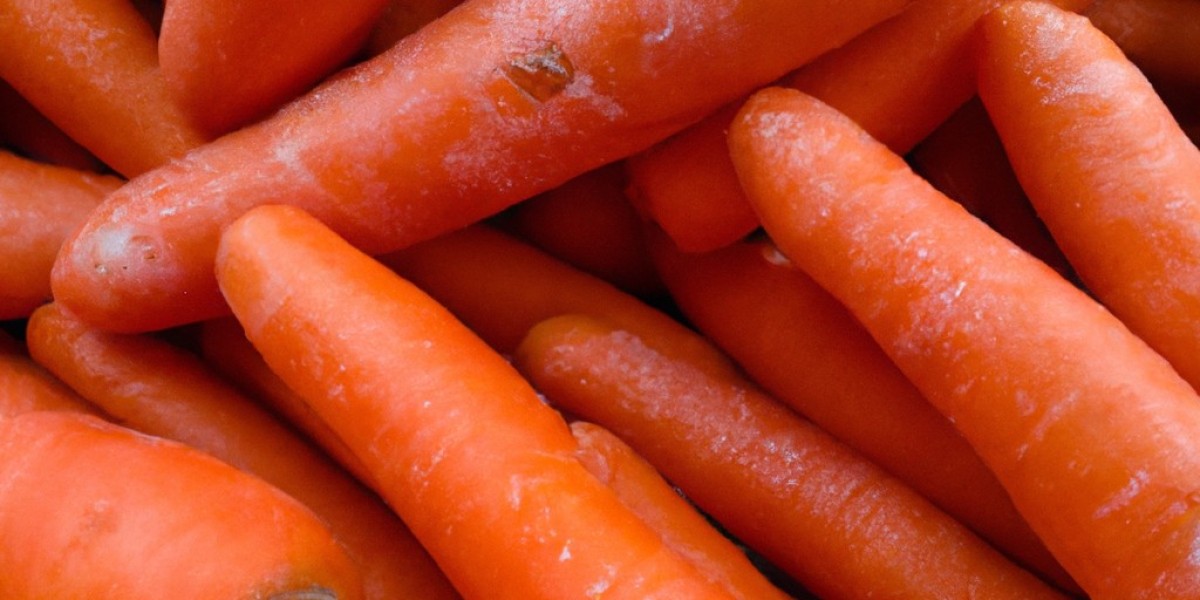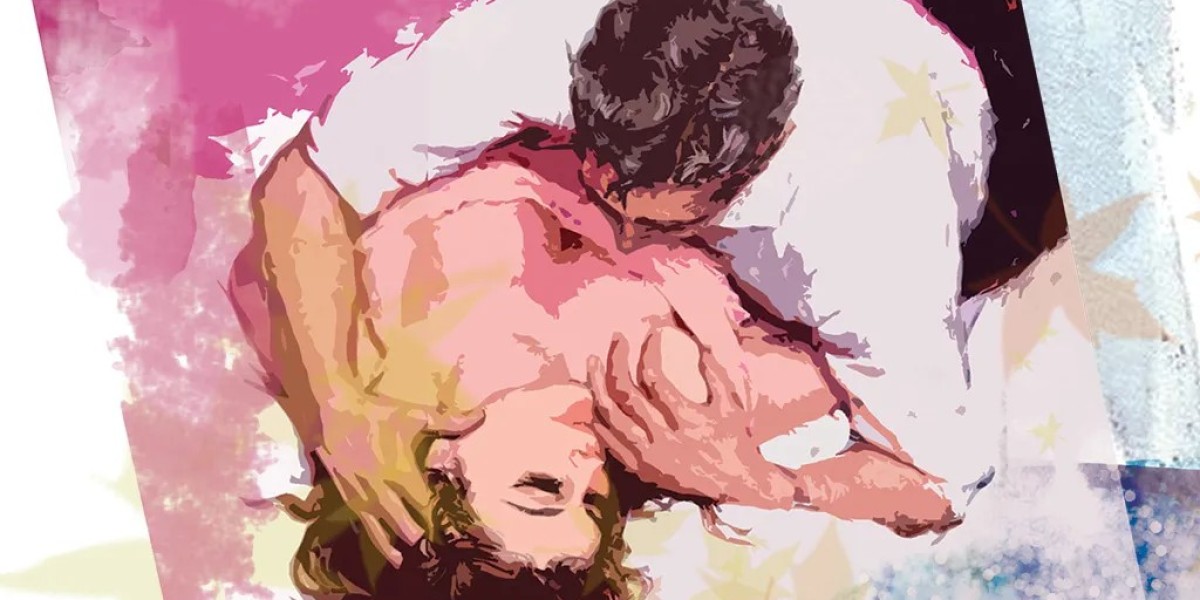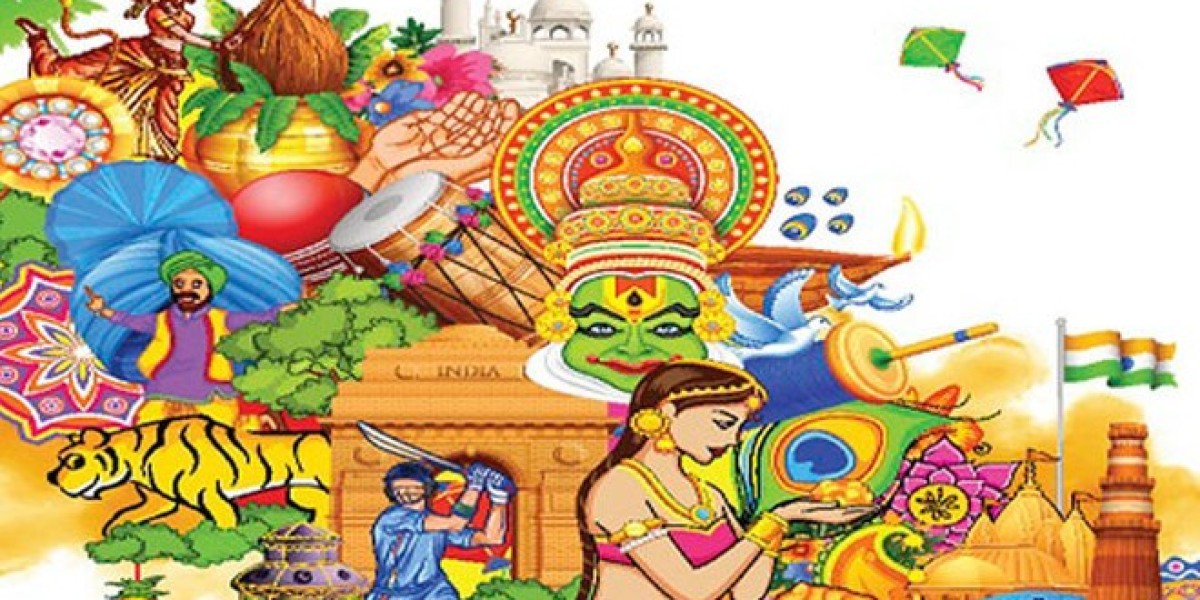Indian Culture Greetings: A Rich Tapestry of Diversity
If there's one thing that perfectly encapsulates India's rich cultural diversity, it would be the different ways in which people greet each other. In India, there are more than a thousand languages spoken across its 28 states and 8 Union territories, and with these languages come unique customs, traditions, and, indeed, greetings. In this comprehensive look into Indian culture greetings, we explore the beauty, significance and various forms of greetings that exist across this vast, diverse nation.
The Universal Greeting: Namaste
The most recognized Indian greeting around the world, 'Namaste', is a respectful and universal form of greeting in India. It is derived from Sanskrit and literally means "I bow to you". It is performed by joining both palms together, raising them near the chest and mildly bowing the head. This greeting signifies respect for the other person while acknowledging the divine within them. Despite the myriad regional differences in India, 'Namaste' transcends these boundaries and is a common form of greeting across the nation.
Regional Greetings: A Reflection of Diversity
North India
Across the northern states of Uttar Pradesh, Punjab, Haryana, Himachal Pradesh, Uttarakhand and Bihar, along with 'Namaste', you will also hear 'Ram Ram', 'Sat Sri Akal' (especially among the Sikhs), and 'Jai Shri Krishna', reflecting the region's strong religious and spiritual roots.
East India
In the eastern states like West Bengal and Odisha, 'Pranam' or 'Nomoshkar' is the traditional greeting, while in the northeastern states, the greetings vary as per the linguistic and ethnic groups. 'Khamma Ghani' is a popular greeting in Rajasthan.
West India
People in Gujarat often greet with a cheerful 'Kem Chho' (How are you?), whereas in Maharashtra, 'Namaskar' is widely used. In Goa, a former Portuguese colony, you could hear 'Dev Boro Dis Dium' in the regional language, Konkani.
South India
In the south, 'Vanakkam' is the traditional greeting in Tamil Nadu while in Kerala it's 'Namaskaram'. 'Namaskara' is often heard in Karnataka and in Andhra Pradesh and Telangana, 'Namaskaramu' is typically used.
Greetings & Respect
Respect for elders is deeply ingrained in Indian culture. Generally, youngsters show their respect by touching the feet of their elders in a gesture known as 'Charan Sparsh' and it's a common sight during festivals or formal occasions.
Modern India's Greetings
The influence of Western culture and the proliferation of digital communication have led to the usage of English words like ‘Hello’, ‘Hi’, and ‘Hey’ among the English-speaking urban population of India. However, traditional regional greetings are still prevalent and take precedence, particularly in non-urban regions.
Conclusion
Overall, greeting manners in India are a fascinating mirror of its vibrant culture and deep-rooted traditions. Every greeting carries with it centuries of tradition, respect and is a testament to India's rich cultural heritage. No matter what the language is, the unity in the diversity of Indian greetings is a reflection of the nation's unique spirit of cultural harmony and mutual respect.
